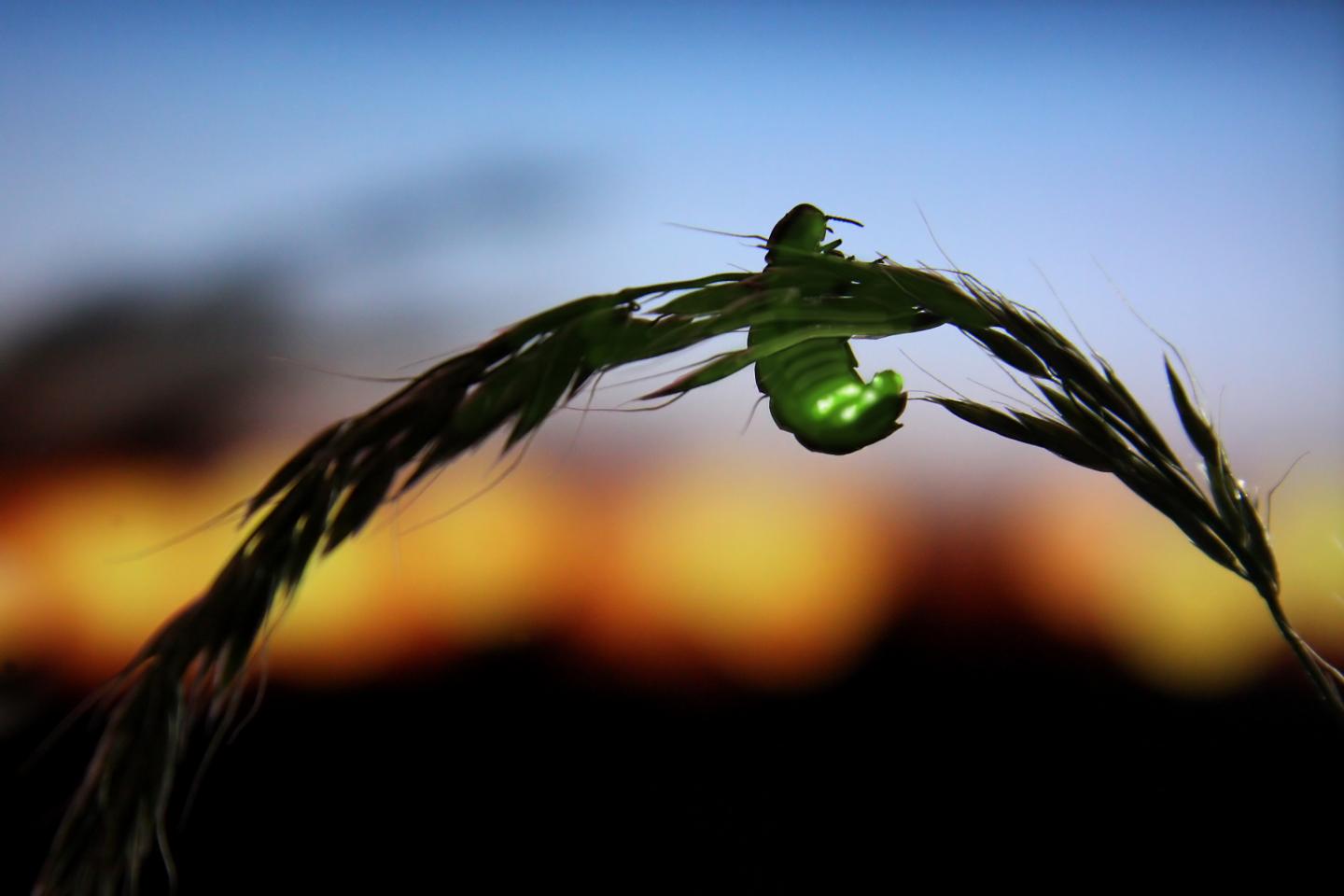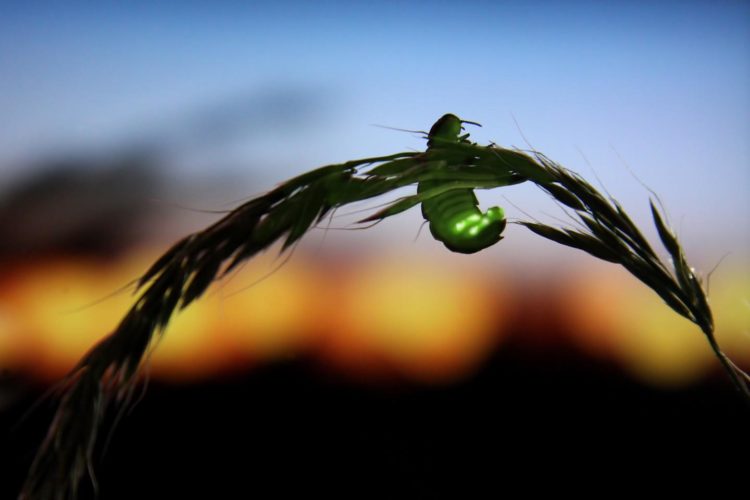
Credit: Jason Steel – www.jason-steel.co.uk
Worldwide declines in insect populations have sparked considerable concern among researchers and members of the general public alike. To date, however, significant research gaps exist, and many insect threats remain under-investigated and poorly understood. For instance, despite their charismatic bioluminescent displays and cultural and economic importance, the 2000-plus species of firefly beetles have yet to be the subject of a comprehensive threat analysis.
Writing in BioScience, Sara M. Lewis of Tufts University and her colleagues aim to fill the gap with a broad overview of the threats facing these diverse and charismatic species–as well as potential solutions that may lead to their preservation into the future. Working as part of the International Union for Conservation of Nature Firefly Specialist Group, the authors surveyed 350 members of the Fireflyers International Network. From the results, Lewis and colleagues catalog numerous threats, foremost among them habitat loss, followed closely by artificial light and pesticide use.
Among survey respondents, habitat loss was expected to pose the largest problem for firefly beetles, especially among species that are habitat specialists. Particularly troublesome is that, in such cases, local extirpations may not be quickly remedied by newly arriving colonizers. Following results from Photinus pyralis, a species that is abundant in the eastern United States, the authors extrapolate: “If this result is applicable to other firefly species, this degree of genetic isolation implies that extirpated populations are unlikely to be rescued by migration.”
Pesticides pose additional problems, say the respondents. Despite being banned in the European Union, neonicotinoids remain in use in other areas, and nearly all US corn and soybean seeds are coated with these insecticides. This may cause significant issues for fireflies, describe Lewis and colleagues: “Clothianidin-treated seed showed a 70.4% reduction in adult firefly abundance compared to control plots, most likely because of higher mortality of larvae in soil.” The authors go on to describe other threats, including light pollution, which disrupts mating displays and has been associated with reduced reproductive success in some species.
The future is not entirely bleak, however, and the authors shed light on the considerable opportunities to improve the prospects of bioluminescent insects. They focus on four primary goals: (1) preserve suitable habitat, (2) control light pollution, (3) reduce insecticide use, and (4) develop guidelines for sustainable tourism. They argue that the benefits of such actions will accrue to other species and ecosystems, as well. For instance, in describing a Malaysian restoration plan, they report, “identifying and preserving buffer zones adjacent to the riverbank will help ensure sustainable firefly populations and also support high wildlife diversity, including other invertebrates, plants, reptiles, mammals, and birds.” Likewise, the reduction of artificial light is expected to “benefit a wide range of culturally and economically important nocturnal animals.”
###
BioScience, published monthly by Oxford Journals, is the journal of the American Institute of Biological Sciences (AIBS). BioScience is a forum for integrating the life sciences that publishes commentary and peer-reviewed articles. The journal has been published since 1964. AIBS is an organization for professional scientific societies and organizations, and individuals, involved with biology. AIBS provides decision-makers with high-quality, vetted information for the advancement of biology and society. Follow BioScience on Twitter @AIBSbiology.
Oxford Journals is a division of Oxford University Press. Oxford Journals publishes well over 300 academic and research journals covering a broad range of subject areas, two-thirds of which are published in collaboration with learned societies and other international organizations. The division been publishing journals for more than a century, and as part of the world’s oldest and largest university press, has more than 500 years of publishing expertise behind it. Follow Oxford Journals on Twitter @OxfordJournals
Media Contact
James M. Verdier
[email protected]
205-286-8626
Related Journal Article
http://dx.





